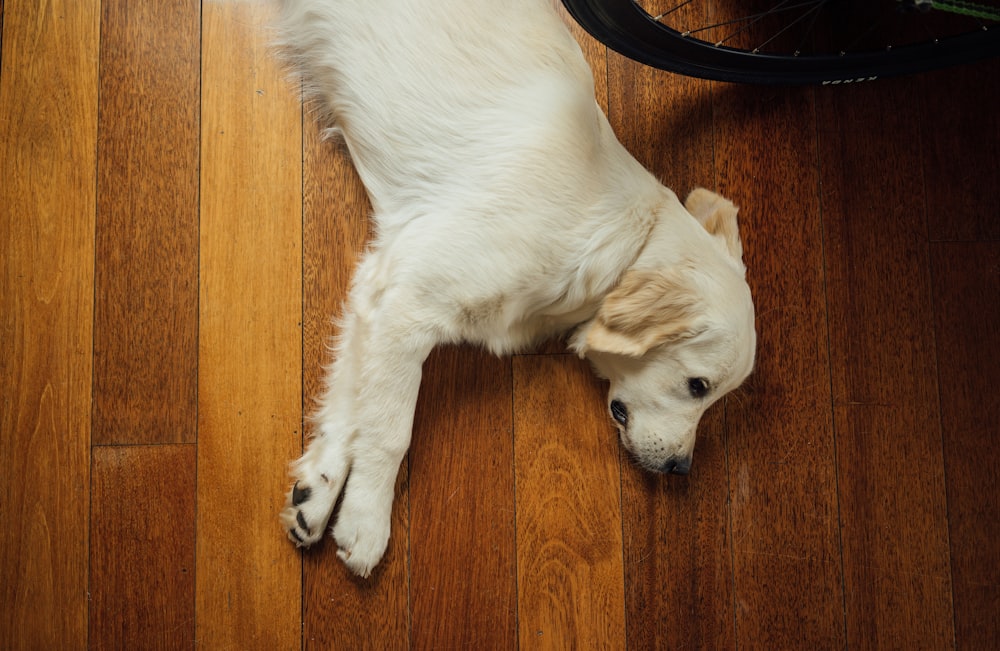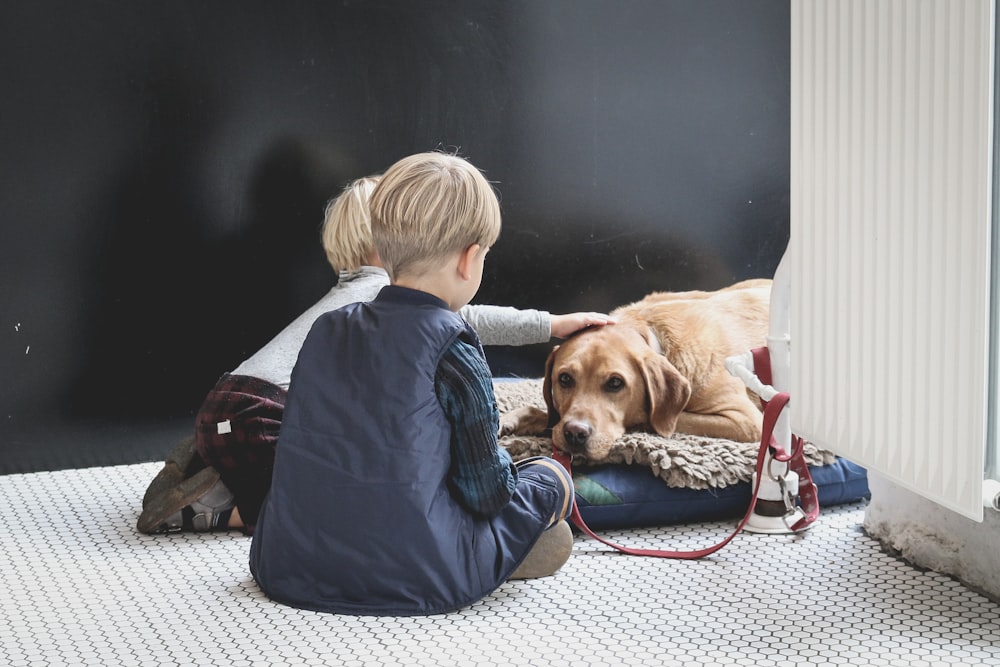Did you know that dog epilepsy is the most common neurological disorder in canines? It’s estimated that 0.75% of dogs suffer from the condition. Epilepsy is characterized by the presence of recurring, unprovoked seizures resulting from brain abnormalities. This condition can be inherited or caused by structural abnormalities, but sometimes the cause is unknown. Understanding dog epilepsy and knowing what to do if your dog has a seizure is essential to keep your pup safe.

Understanding Dog Epilepsy
There’s not much scarier for a dog owner than watching your canine companion endure a seizure. We can feel helpless and out of control, but you can feel empowered and capable of keeping your pup safe if you know these steps.
What Causes Dog Epilepsy?
Seizures from epilepsy occur due to abnormal activity in the brain. There are multiple causes and can be a result of genetics. In addition to a genetic component, seizures can also result from blood or electrolyte abnormalities. Attacks can result from anemia, cancer, toxin exposure, low blood sugar, brain trauma, or metabolic diseases, to name a few.
What Do Seizures Look Like?
While you might think spotting a seizure is easy, this isn’t always the case. Whole-body, or Grand Mal, seizures cause your dog’s entire body to convulse, which is usually hard to miss. However, localized seizures, which might only occur in the face, for example, aren’t as obvious. An episode might even present as a sudden onset rhythmic movement or action, like unusual patterned barking. Dogs usually recover from seizures quickly, though as an owner, it can feel quite long.

What To Do For Your Dog Epilepsy
If your dog is having a seizure, the absolute first thing to remind yourself is to remain calm. As stated previously, watching our dog seize can leave us feeling panicked and helpless, but if you follow the steps below, you can help keep your pup safe until they feel better.

Before the Seizure (Pre-ictal Phase)
If your dog is prone to seizures and you see the signs of one coming on, here is what you should do.
- Watch your dog for signs of staggering, disorientation, anxiety, restlessness, or other abnormal behaviors.
- Your dog may seem nervous, try to hide, or try to find their person. They may also appear shaky or whine.
During the Seizure (Ictal Phase)
- Remain calm. It’s so essential we’re saying it again; remain calm so you can think clearly and focus on helping your dog. Remember, though the appearance may be to the contrary, your dog is not conscious or in pain during a seizure.
- Check a clock. Check your watch, microwave, wall clock, etc for the time when your dog’s seizure began. Once the convulsions stop, check the time again so you can calculate how long it lasted. This information helps provide your veterinarian with essential information on your dog’s symptoms. If someone else is with you, you can ask them to film the seizure so you can show your veterinarian later.
- Keep your dog away from furniture, stairs, and any other obstacles they could injure themselves on. If you need to move them, grab them gently by the hind legs or around the chest.
- Cushion your dog’s head in your lap. Gently hold them and comfort them when they begin to regain consciousness.
- If the seizure lasts more than 2 to 3 minutes, apply cold water and wet towels to their groin, paws, head, and neck. Long seizures put your dog at risk for hyperthermia (overheating). The cool towels will help bring down their temperature but you should get them to a veterinarian as soon as possible if this occurs.
- After the seizure, called the Post-ictal phase, your dog may appear confused, disoriented, or restless. They may even have temporary blindness. Allow their brain tie to recover from what just happened.
- Whether the seizure is short or long, call your veterinarian when it is over, even if your dog appears normal.

Things to remember about dog epilepsy:
- Dogs don’t swallow their tongues during seizures. Do not stick your hand in your dog’s mouth, as you could get bitten.
- Seizing dogs may drool excessively or even froth at the mouth.
- Some dogs may defecate or urinate during a seizure. This occurrence does not mean the seizure is worse or better than others.
- If your dog has more than one seizure in 24 hours, these are called “cluster” seizures. This condition requires immediate veterinary care and you should take your dog to the vet right away.
- If your canine companion experiences recurring dog epilepsy start a journal to document your dog’s episodes. Keep track of the date, time, and length of the seizures. The more information you can track, the better able your veterinarian will be able to deduce a pattern to your dog’s condition.
Dog Epilepsy: Understanding and Staying Calm
There’s no doubt that watching our furbabies suffer a seizure is a traumatic and gut-wrenching experience. The best way to help our pups is to stay calm, and when it’s over, educate ourselves, so we know exactly what to do so we never feel that helpless again. Dog epilepsy is rarely life-threatening, but you can manage it, so your dog can live a happy, healthy life.
You Might Also Like:
Do You Know the 8 Healthiest Dog Breeds?

